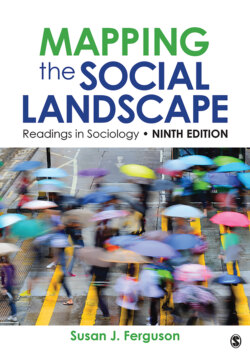Читать книгу Mapping the Social Landscape - Группа авторов - Страница 55
На сайте Литреса книга снята с продажи.
Data Collection: Dependent Measures
ОглавлениеThe exploratory nature of this investigation and the absence of specific hypotheses led us to adopt the strategy of surveying as many behavioral and psychological manifestations of the prison experience on the guards and the prisoners as was possible. The dependent measures were of two general types: (1) transactions between and within each group of subjects, recorded on video- and audiotape as well as directly observed, and (2) individual reactions on questionnaires, mood inventories, personality tests, daily guard shift reports, and postexperimental interviews.
Data collection was organized around the following sources:
1 Videotaping Using the concealed video equipment, about 12 hours of recordings were made of daily, regularly occurring events such as the counts and meals, as well as unusual interactions such as a prisoner rebellion; visits from a priest, a lawyer, and parents; parole board meetings; and others.
2 Audio recording Concealed microphones recorded over 30 hours of verbal interactions between guards and prisoners in the prison yard, as well as some within the cells and in the testing-interview room.
3 Rating scales Mood adjective checklists and sociometric measures were administered on several occasions to assess emotional changes in affective state and interpersonal dynamics among the guard and prisoner groups.
4 Individual difference scales Prior to the start of the simulation, all subjects had completed a series of paper-and-pencil personality tests selected to provide dispositional indicators of interpersonal behavior styles—the F scale of Authoritarian Personality (Adorno, Frenkel-Brunswik, Levinson, and Sanford 1950) and the Machiavellianism Scale (Christie and Geis 1970)—and to isolate areas of possible personality pathology through the newly developed Comrey Personality Scale (Comrey 1970).
5 Personal observations The guards made daily reports of their observations after each shift, the experimenters kept informal diaries, and all subjects completed postexperimental questionnaires of their reactions to the experience about a month after the study was over.
